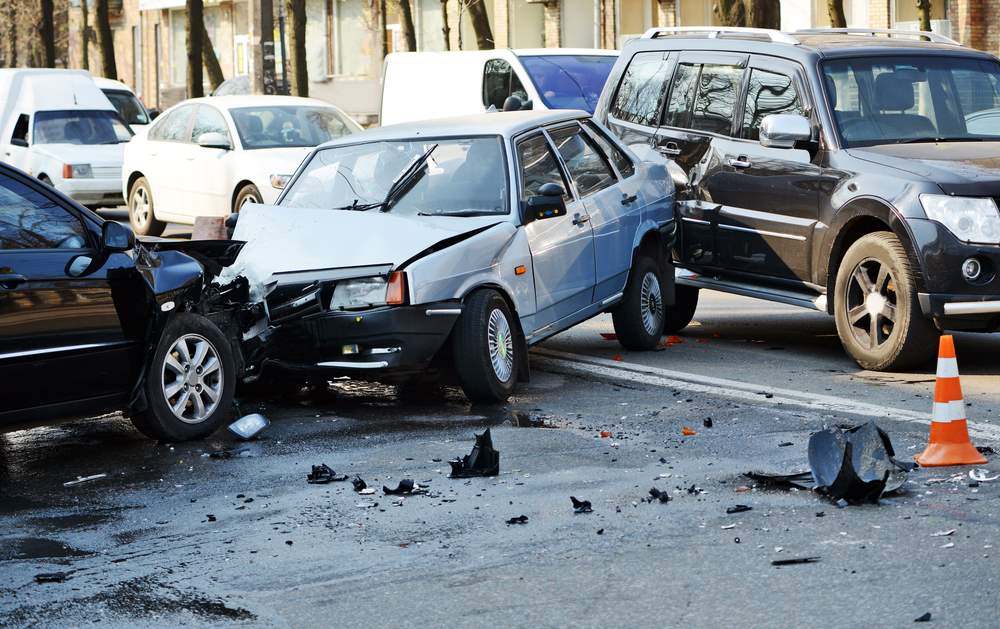What Should I Do If A Distracted Driver Rear-Ended Me?
Rear-end vehicular collisions make up around 30 percent of the total road traffic accidents that occur in the United States each year. With the number of these accidents growing with the advancement in handheld technology like smartphones, etc., it is easy to understand why distracted driving is one of the most common causes of rear-end car accidents throughout the country.
More than 5,000 deaths are caused every year due to distracted driving accidents. While a rear-accident caused due to distracted driving might not always be fatal, it remains true that most victims of these accidents suffer significant physical, mental, emotional, and financial damages. It is advisable to know your rights and seek legal help from knowledgeable car accident attorneys in case you are involved in a car accident where you have been rear-ended at some point in your life.
Table of Contents
Checking for Injuries
One of the foremost things to do whenever you get involved in an accident is to stop at the scene of the accident and check yourself and the passengers in your car for any visible injuries or signs of concussion or trauma, etc.
Calling for Help
While you make sure that you and your loved ones are alright, you should call the emergency services and ask for the police and emergency medical assistance. Calling the police to the scene of the accident is important for documentation and the creation of a formal report of the accident that can be immensely helpful in any insurance claims to be filed in the future. It is also recommended to keep an official copy of the police report.
Documenting the Accident Scene
If you have your phone with you, you should take detailed photographs of the scene of the accident, including both cars involved, any physical injuries, and the area surrounding the accident. Write your account of the accident down on paper or your phone and obtain short audio interviews of any eyewitnesses present at or near the site of the accident.
Exchanging Insurance Information
Irrespective of who you think was at fault for the accident, you should approach the other driver and obtain his/her personal information, including their name, address, license number, name, make, and model of the car, name of the owner of the vehicle, insurance information, etc. You should also provide your information to the other driver as well.
Contacting Your Insurance Provider
Once you get the medical attention for your physical injuries and file a police report, you should get in touch with your insurance provider and notify them regarding the rear-end collision. Once your insurance provider has been notified of the accident, they will contact the insurance company of the other driver. Your insurance provider may require a copy of the official police report, any physical evidence (accident site photos and videos), transcripts of eye-witness testimonies, etc.
Determining Liability & Obtaining Financial Compensation
If you decide to file a lawsuit to obtain financial compensation for your physical, emotional, and financial damages, you may be required to prove that the other party was liable for the accident. Determination of liability in rear-end car accidents can be challenging, but depending on the circumstances, your experienced legal counsel may be able to get you the legal assistance you need.
Written by Meghan Hale, a content writer at Deepakshukla.com and editing machine. You’ll find me yelling at my dog to stop barking, whether it be at the neighbours or on a long afternoon walk

